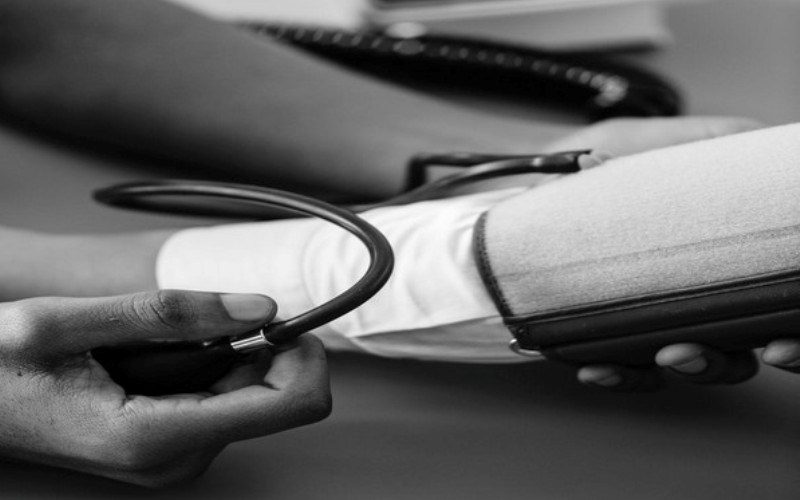Washington: Efforts to reduce blood pressures for patients with hypertension is an important factor in reducing the risk of heart attack and stroke, but a new study has found that attaining a lower blood pressure could create a subpopulation of patients whose blood pressures may go too low, which can further pose risk for serious falls and fainting.
A new study conducted at Kaiser Permanente found that if patients with hypertension, taking prescribed medications, experience unusually low blood pressures, they are twice as likely to experience a fall or faint as patients whose treated blood pressure remains 110mmHg and above.
To determine the effects of blood pressure reduction among hypertension on patients, a team of researchers studied the electronic health records of more than 475,000 patients who were prescribed medication to treat hypertension. Over a one-year period, both mean and minimum systolic blood pressure readings of less than 110 mmHg were associated with higher rates of serious falls and fainting that resulted in emergency department visits or inpatient encounters.
Among the patients with treated blood pressure, 27 per cent had a systolic blood pressure under 110mmHg during at least one visit, 3 per cent of patients had an average systolic pressure reading of less than 110mmHg over the one-year study period.
Patients with a single episode of systolic pressure lower than or equal to 110mmHg during the one-year period were twice as likely to experience a serious fall or faint and patients who had an average systolic blood pressure lower than 110mmHg over the one-year study period had a 50 percent greater risk of serious falls and fainting than those who had an average systolic blood pressure higher than 110mmHg.
Researchers concluded that older patients are more likely to have acute reductions in blood pressure, such as orthostatic hypotension, which is when a patient’s blood pressure drops substantially when they stand or get upright, and have slower reflexes to compensate and normalize their blood pressure. They also are more susceptible to side effects of low blood pressure.
The findings appeared in the American Journal of Preventive Medicine.
[source_without_link]ANI[/source_without_link]

